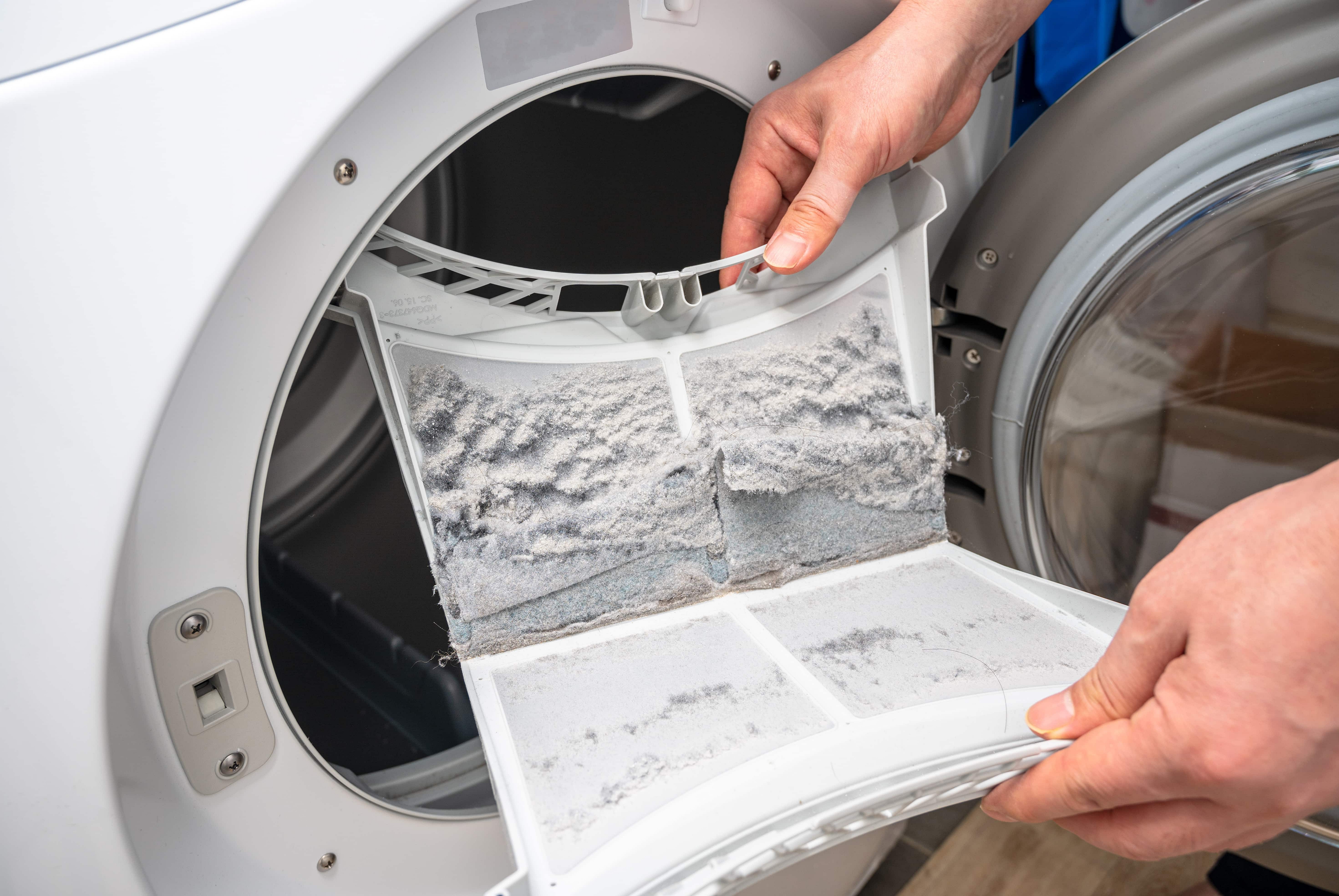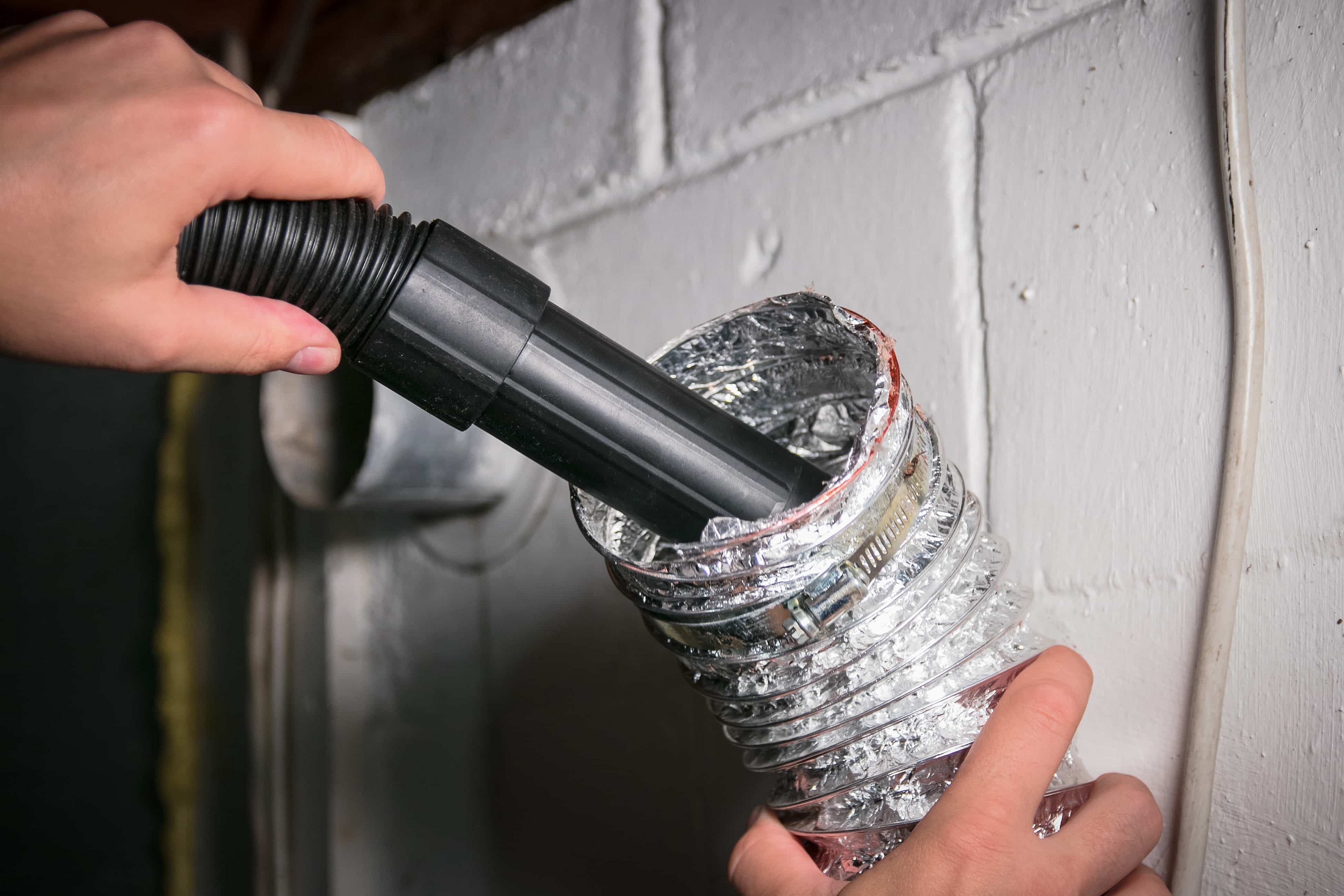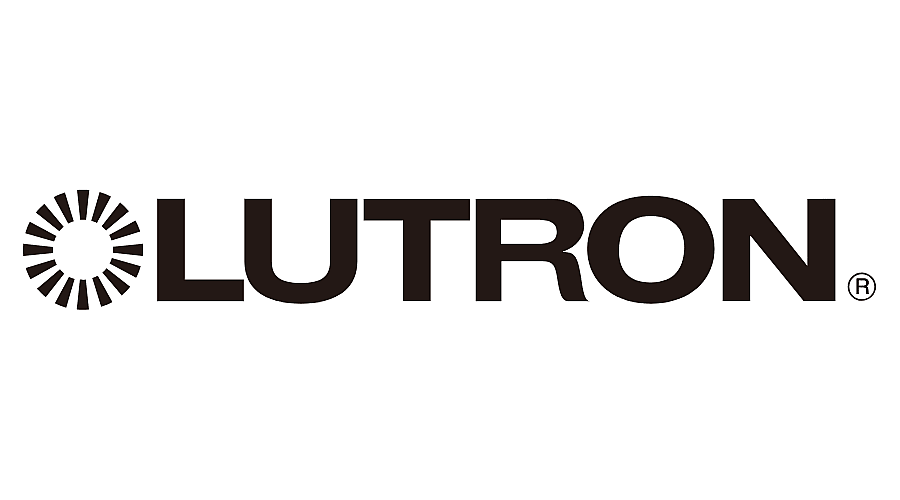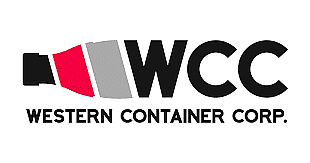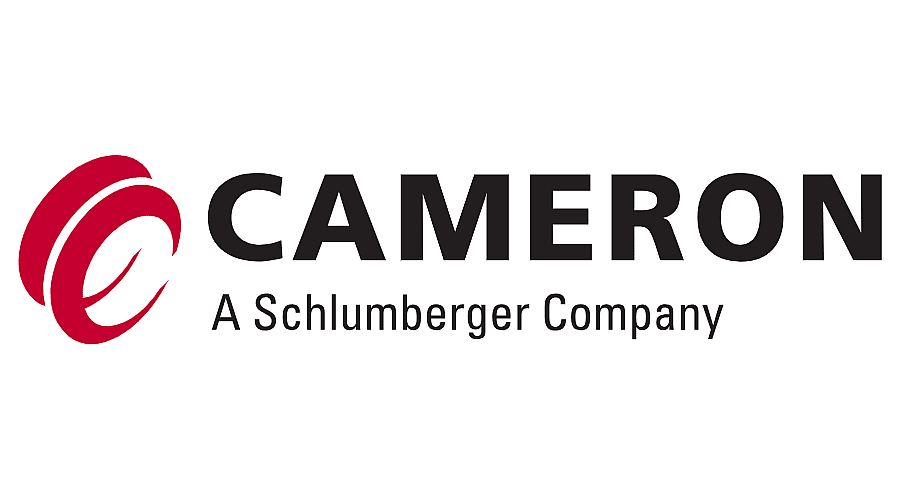Dryer Fires: What You Need to Know and How to Prevent Them
Introduction to Dryer Fires
Dryer fires are one of the most common and dangerous types of home fires. According to the U.S. Fire Administration, an estimated 2,900 dryer fires occur every year, causing an average of 5 deaths, 100 injuries, and $35 million in property loss. Dryer fires can start in the dryer itself, or in the venting system that connects the dryer to the outside. They can spread quickly and cause extensive damage to the dryer, the laundry room, and the rest of the house. Dryer fires can also pose a serious health risk to the occupants, as they can produce toxic smoke and fumes that can cause respiratory problems, eye irritation, and even carbon monoxide poisoning.
Understanding the Causes of Dryer Fires
The main cause of dryer fires is the accumulation of lint in the dryer or the vent. Lint is a highly flammable material that is produced by the friction of clothes and fabrics in the dryer. Lint can build up in the lint trap, the dryer drum, the heating element, the exhaust duct, and the vent. When lint comes in contact with a heat source, such as the heating element or a spark, it can ignite and cause a fire. Other factors that can contribute to dryer fires include improper installation, faulty wiring, damaged or clogged vents, and lack of maintenance. Some signs that indicate a potential fire hazard in your dryer are:
- Excessive lint accumulation in or around the dryer
- Overheating of the dryer or the clothes
- Longer drying times or incomplete drying
- Burning smell or smoke coming from the dryer or the vent
- Malfunctioning of the dryer or the controls
Statistics and Facts about Dryer Fires
Dryer fires are more common than you might think. Here are some statistics and facts about dryer fires that show the extent and severity of the problem:
- Dryer fires account for 92% of all appliance fires in the U.S.
- The leading cause of dryer fires is failure to clean the dryer or the vent (34% of cases).
- The peak months for dryer fires are January, February, and March, when the air is dryer and more static electricity is generated.
- The peak time of day for dryer fires is between 8 a.m. and 12 p.m., when most people are doing laundry.
- Dryer fires are more likely to occur in single-family homes (77% of cases) than in apartments or other types of dwellings.
- Dryer fires are more likely to occur in older dryers (10 years or more) than in newer ones.
- Electric dryers are more prone to fires than gas dryers, as they have more parts that can overheat or malfunction.
The Impact of Dryer Fires: Case Studies
Dryer fires can have devastating consequences for the homeowners, their families, and their neighbors. Here are some examples of real-life dryer fires that illustrate the impact of this type of fire:
- In 2017, a dryer fire in a home in Texas killed a mother and her five children, aged 6 to 15. The fire started in the laundry room and spread to the rest of the house, trapping the victims inside. The fire was so intense that it melted the metal roof and collapsed the walls. The father, who was at work at the time, survived but lost his entire family and his home.
- In 2018, a dryer fire in a condo complex in Florida displaced 50 residents and caused $1.5 million in damage. The fire started in a dryer on the third floor and spread to the attic and the roof, affecting 24 units. The fire was fueled by the plastic venting material that was used instead of the recommended metal ducts. No one was injured, but many residents lost their belongings and their pets.
- In 2019, a dryer fire in a home in Ohio injured a firefighter and caused $75,000 in damage. The fire started in a dryer in the basement and spread to the first floor, where it encountered oxygen tanks that exploded. The firefighter suffered burns and smoke inhalation while trying to rescue a dog that was trapped in the house. The dog died in the fire, along with two cats. The homeowners were not home at the time, but they lost their pets and their possessions.
Prevention Measures: How to Avoid Dryer Fires
Dryer fires are preventable if you follow some simple steps to keep your dryer and your vent clean and safe. Here are some prevention measures that you can take to avoid dryer fires:
- Clean the lint trap before and after each load of laundry. Do not leave the dryer running when you are not home or when you are sleeping.
- Inspect the venting system regularly and remove any lint, dust, or debris that may have accumulated. Replace any plastic or foil vents with rigid or flexible metal ducts.
- Keep the area around the dryer clear of any flammable materials, such as clothing, boxes, or chemicals. Do not store anything on top of or behind the dryer.
- Have your dryer serviced by a professional at least once a year. Check for any signs of wear and tear, such as cracks, leaks, or loose connections. Replace any damaged or worn parts.
- Install a smoke alarm and a fire extinguisher near the laundry room. Test them regularly and replace the batteries as needed.
- Follow the manufacturer’s instructions for the proper use and maintenance of your dryer. Do not overload the dryer or use it for items that are not meant to be dried, such as rubber, plastic, or foam.
Maintenance Tips for Your Dryer
Regular maintenance of your dryer can extend its lifespan, improve its efficiency, and reduce the risk of fire. Here are some maintenance tips for your dryer that you can do yourself or with the help of a professional:
- Vacuum the lint trap and the vent at least once a year. Use a long-handled brush or a vacuum attachment to reach the hard-to-access areas, or a large volume air blower.
- Wash the lint trap with warm water and soap every few months. Let it dry completely before putting it back in the dryer.
- Wipe the inside of the dryer drum with a damp cloth every few months. Remove any stains or residues that may have accumulated.
- Check the dryer vent for any obstructions or damage every few months. Make sure that the vent is not crushed, bent, or blocked by anything. If the vent is too long or has too many turns, consider shortening it or rerouting it.
- Replace the dryer belt, the heating element, and the thermostat every few years. These are the parts that are most likely to wear out or malfunction over time.
- Use the right settings and cycles for your dryer. Choose the appropriate temperature, time, and load size for the type of fabric and the level of dryness that you want. Do not use the high heat setting for delicate or synthetic fabrics, as they can melt or shrink.
What to Do in Case of a Dryer Fire
If a dryer fire occurs, you need to act quickly and calmly to minimize the damage and protect yourself and others. Here are some steps that you should take in case of a dryer fire:
- Turn off the dryer and unplug it from the power source. If you cannot reach the plug, turn off the circuit breaker or the main switch.
- Close the door of the laundry room to contain the fire and prevent it from spreading. Do not open the dryer door, as this can provide more oxygen to the fire and make it worse.
- Call 911 and report the fire. Give your name, address, and the location of the fire. Follow the instructions of the operator and stay on the line until help arrives.
- Evacuate the house and alert your neighbors. Gather your family and pets and get out of the house as quickly and safely as possible. Do not go back inside for any reason.
- Wait for the fire department to arrive and put out the fire. Do not attempt to put out the fire yourself, as this can be dangerous and ineffective. Let the professionals handle the situation.
- Assess the damage and contact your insurance company. Once the fire is out and the area is safe, you can inspect the extent of the damage and file a claim with your insurance company. Keep any receipts, photos, or documents that can support your claim.
Legal Aspects and Insurance Coverage of Dryer Fires
Dryer fires can have legal and financial implications for the homeowners, the dryer manufacturers, and the insurance companies. Depending on the circumstances and the outcome of the fire, there may be different types of claims, liabilities, and compensations involved. Here are some legal aspects and insurance coverage of dryer fires that you should be aware of:
- Homeowners insurance: Most homeowners insurance policies cover dryer fires, as they are considered a sudden and accidental event that causes damage to the property and its contents. However, the coverage may vary depending on the policy terms, the deductible, and the limits. Some policies may exclude dryer fires if they are caused by negligence, lack of maintenance, or improper installation. Some policies may also have a sub-limit for dryer fires, which means that they will only pay up to a certain amount for this type of claim.
- Product liability: If the dryer fire is caused by a defect in the design, manufacture, or operation of the dryer, the homeowner may have a product liability claim against the dryer manufacturer or seller. This means that they can sue them for the damages and losses that resulted from the fire, such as medical bills, property damage, lost income, pain and suffering, and more. To prove a product liability claim, the homeowner must show that the dryer was defective, that the defect caused the fire, and that they suffered harm as a result.
- Subrogation: If the homeowner’s insurance company pays for the dryer fire claim, they may have a right of subrogation against the dryer manufacturer or seller. This means that they can recover the amount that they paid from them, if they are found to be liable for the fire. The insurance company may also require the homeowner to cooperate with them in pursuing the subrogation claim, such as providing evidence, testimony, or access to the dryer.
The Role of Fire Departments and Other Authorities
Fire departments and other authorities play a vital role in preventing, responding to, and investigating dryer fires. They provide various services and resources to the public and the private sector to enhance the safety and security of the dryer users and the community. Here are some of the roles of fire departments and other authorities in relation to dryer fires:
- Fire prevention: Fire departments and other authorities conduct fire prevention campaigns and programs to educate the public and the industry about the causes, risks, and prevention measures of dryer fires. They also inspect and enforce the fire codes and standards that apply to the installation, maintenance, and operation of dryers and venting systems. They may also issue warnings, citations, or fines for any violations or hazards that they find.
- Fire response: Fire departments and other authorities respond to dryer fire emergencies and provide fire suppression, rescue, and medical services to the victims and the scene. They also secure the area and prevent the fire from spreading or reigniting. They may also assist the homeowners and the insurance companies with the documentation and the cleanup of the fire.
- Fire investigation: Fire departments and other authorities investigate the origin, cause, and circumstances of the dryer fire. They collect and analyze the evidence, such as the dryer, the vent, the lint, the wiring, and the burn patterns. They also interview the witnesses, the homeowners, the dryer manufacturers, and the installers. They may also collaborate with other agencies, such as the police, the fire marshal, or the Consumer Product Safety Commission, to determine the liability, the criminality, or the recall of the dryer.
Conclusion: The Importance of Dryer Safety
Dryer fires are a serious and costly problem that can affect anyone who owns or uses a dryer. They can cause property damage, personal injury, or even death. They can also result in legal and financial complications for the homeowners, the dryer manufacturers, and the insurance companies. Therefore, it is important to be aware of the causes, risks, and prevention measures of dryer fires and to follow them diligently. By doing so, you can protect yourself, your family, your home, and your community from the devastating effects of dryer fires.
If you need any assistance or advice on dryer safety, you can contact Dreiym Engineering PLLC, a leading engineering firm that specializes in fire and explosion investigations, electrical engineering, and forensic engineering. Dreiym Engineering PLLC has a team of experts who can help you with any dryer fire issues, such as inspection, testing, analysis, repair, or litigation. Dreiym Engineering PLLC can also provide you with the latest information and updates on dryer fire prevention and protection. To learn more about Dreiym Engineering PLLC and their services, visit their website (Kontakt) or call them at 1-866-621-6920.


